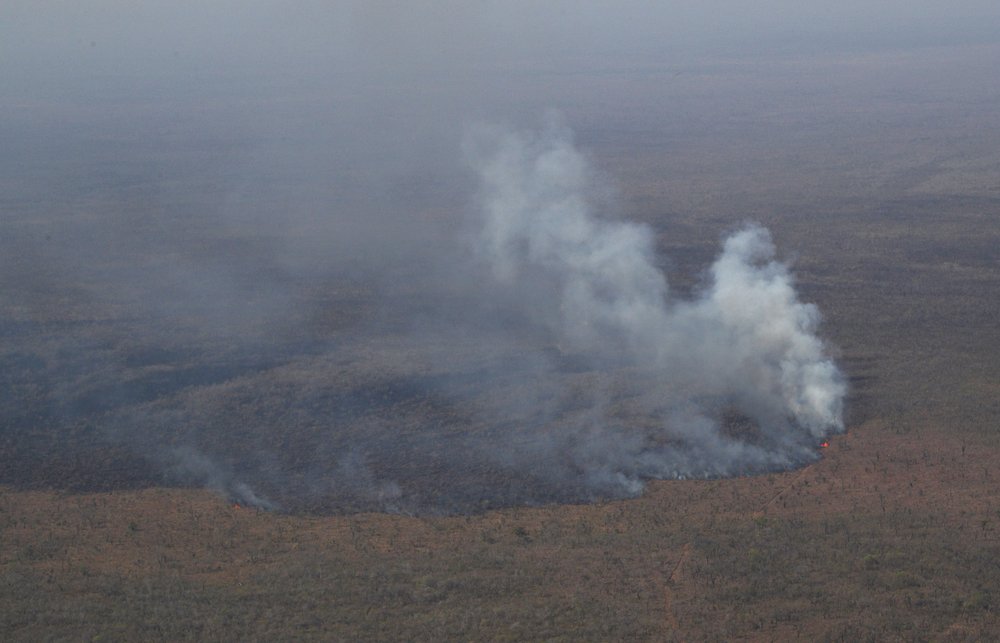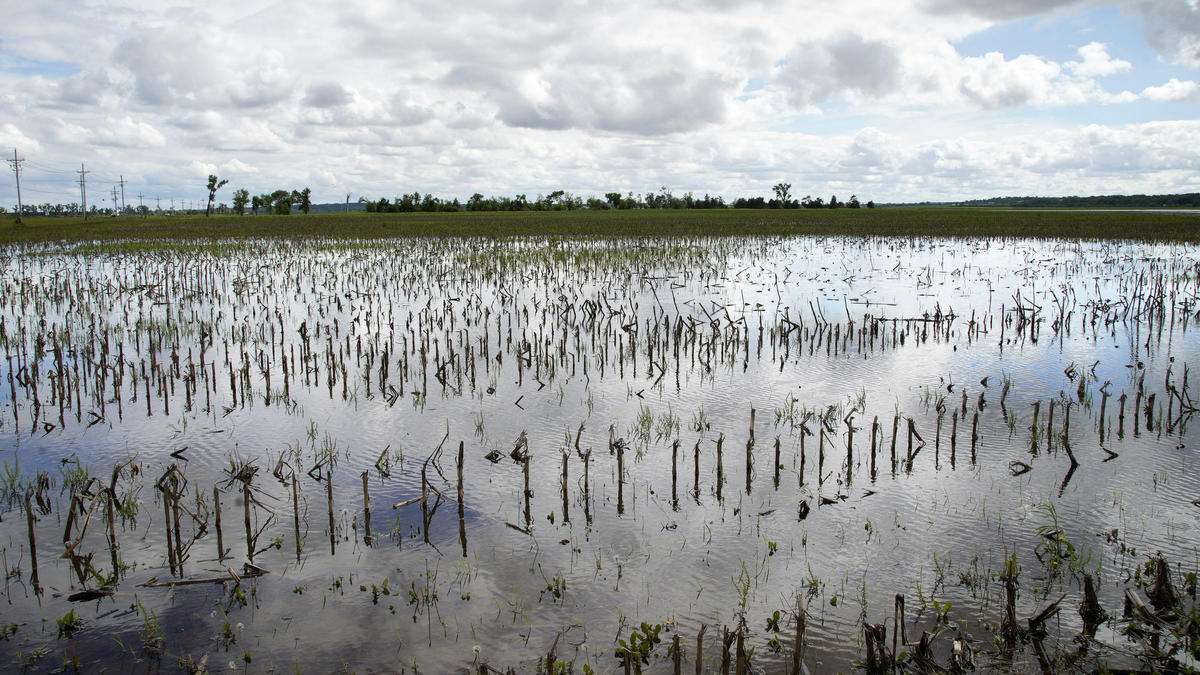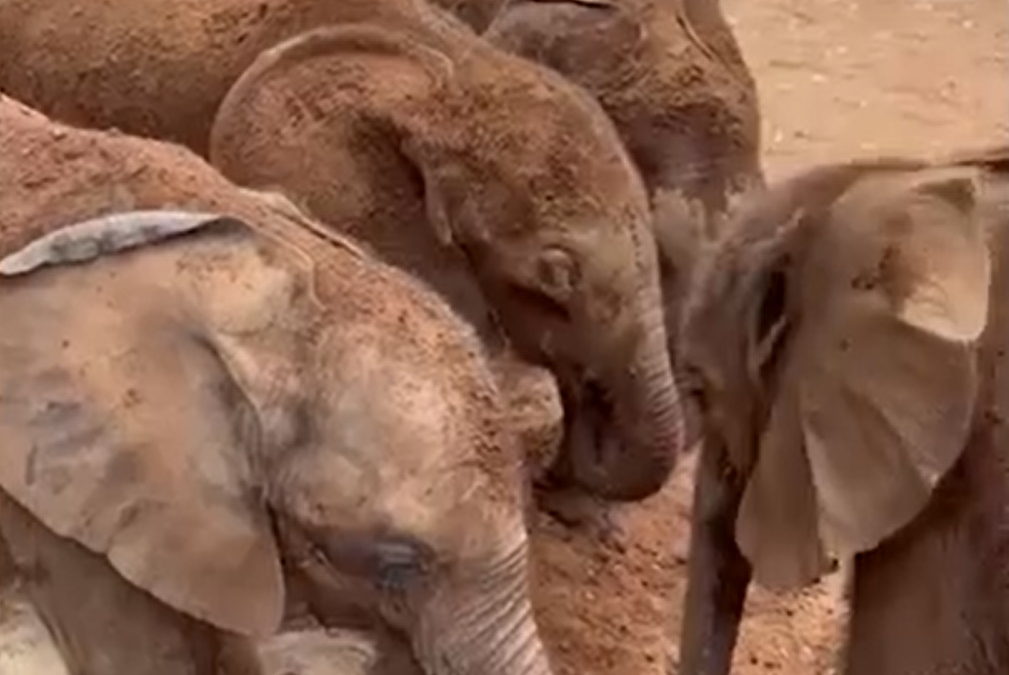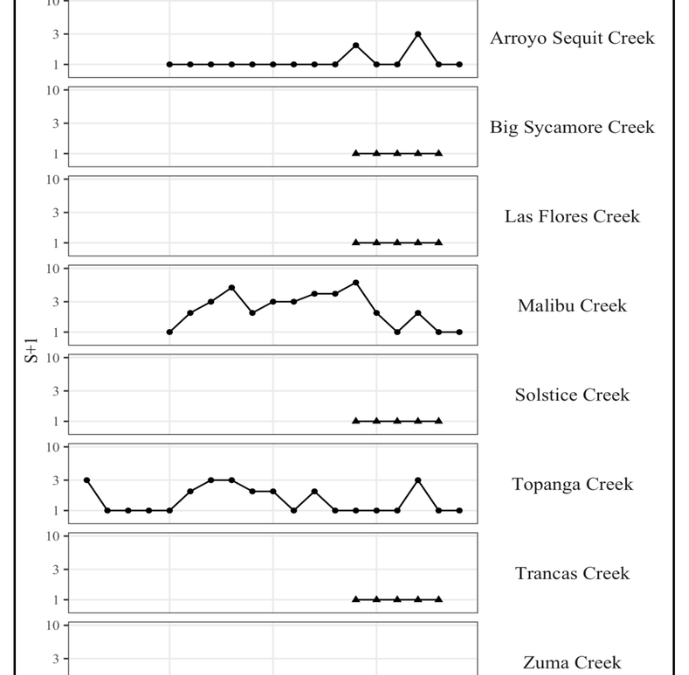As Brazilian Amazon burns, fires in next-door Bolivia also wreak havoc – “I’ve never seen an environmental tragedy on this scale”

By Anatoly Kurmanaev and Monica Machicao
25 August 2019
LA PAZ, Bolivia (The New York Times) – Amid growing international alarm over fires in Brazil’s Amazon region, neighboring Bolivia is facing devastating fires of its own, with flames devouring farmland and environmentally sensitive forests alike.
In midst of the calamity, the country’s president, Evo Morales, suspended his re-election campaign on Sunday and, in a shift, welcomed foreign aid.
“Whatever cooperation is welcome, whether it comes from international organizations, celebrities or from the presidents who offered to help,” Mr. Morales said in the city of Cochabamba, where he had been campaigning for a fourth term. Bolivian officials, he vowed, would “dedicate ourselves” to the problem.
Fires, some of them set by farmers trying to clear brush, are a regular feature of the dry season in northern South America. But this year has been different.

Blazes in Bolivia’s Chiquitano forest and in the Amazon region of Brazil have been far larger, and more widespread, than in previous seasons. That has aroused international concern and, in the case of Brazil, outrage at President Jair Bolsonaro’s dismissal of the blazes’ seriousness.
Mr. Morales said he had gotten calls from the presidents of Spain, Chile and Paraguay in recent days with offers of help. And on Sunday, as the Group of 7 met in France, President Emmanuel Macron said the world’s seven richest democracies were putting together an aid package for the South American nations affected by the fires.
Recovery will not be quick.
It may take up to 200 years for the forests in Bolivia to heal, said Miguel Crespo, head of nonprofit environmental group Probioma. “I’ve never seen an environmental tragedy on this scale,” he said. […]

In Roboré, a smoke-choked town in eastern Bolivia, hundreds of angry residents in smoke masks blockaded Mr. Quintana, the chief of staff, and Bolivia’s defense minister in a cafeteria at a military base on Saturday, demanding international aid. And in t Santa Cruz de la Sierra, Bolivia’s largest city, residents called a demonstration Sunday night to demand that the government declare a state of emergency.
By Saturday, the fires had destroyed 2.5 million acres of forestland in the eastern state of Santa Cruz, double the area burned a week ago. They were approaching the city of Santa Cruz.
Environmental experts say the fires are threatening about 500 types of animals, including jaguars, tapirs, and 35 endangered species, some of which are found nowhere else.
Bolivia’s business chamber predicted that the fires will halve the country’s gross domestic product this year; it has been projected by the International Monetary Fund to grow by 4 percent. The flames have already left about 300,000 cows without pasture, the chamber said. [more]
As Amazon Burns, Fires in Next-Door Bolivia Also Wreak Havoc


